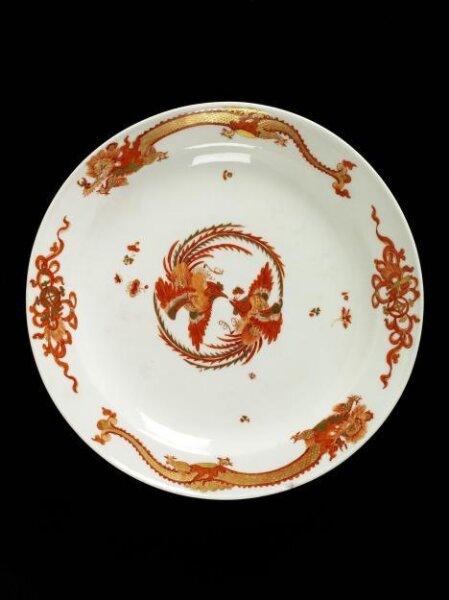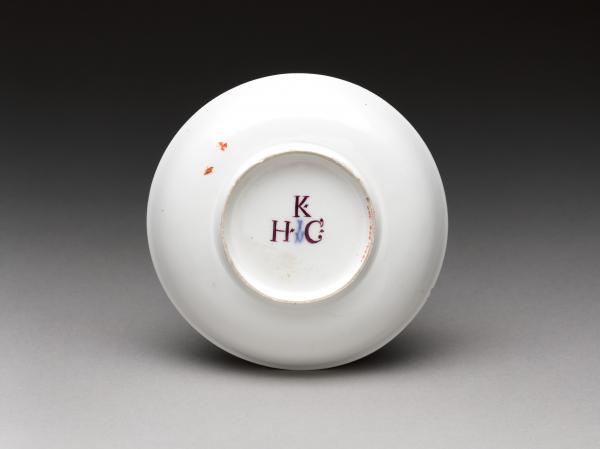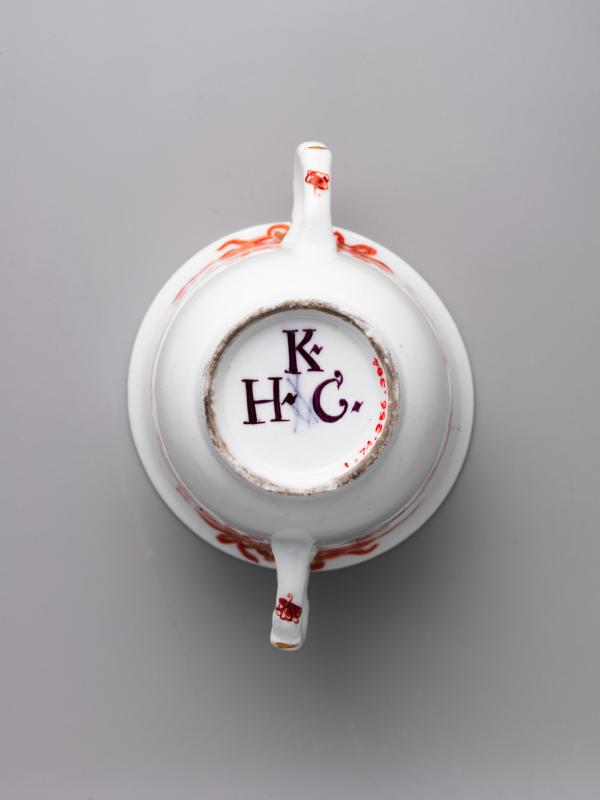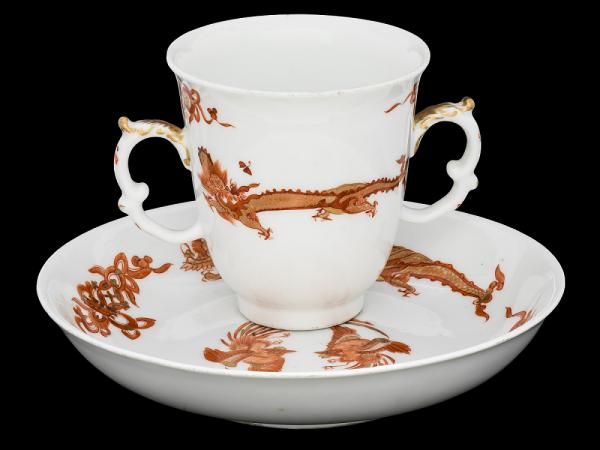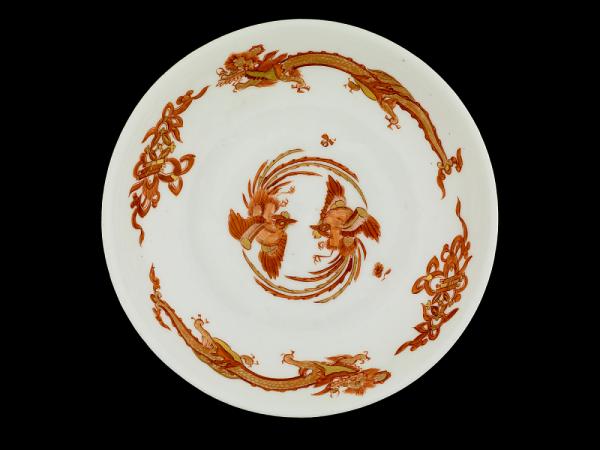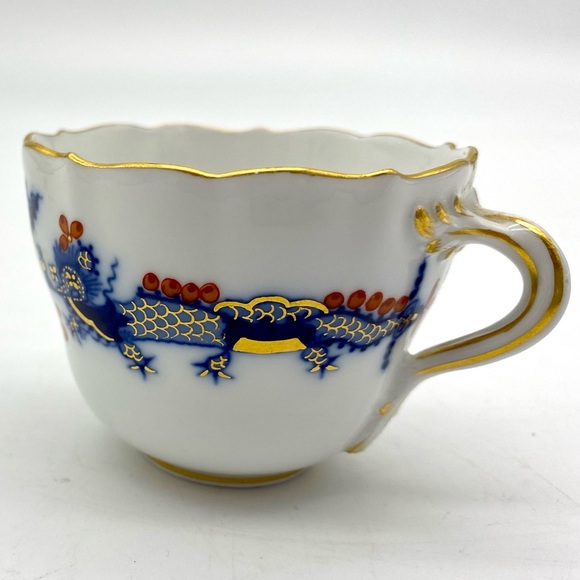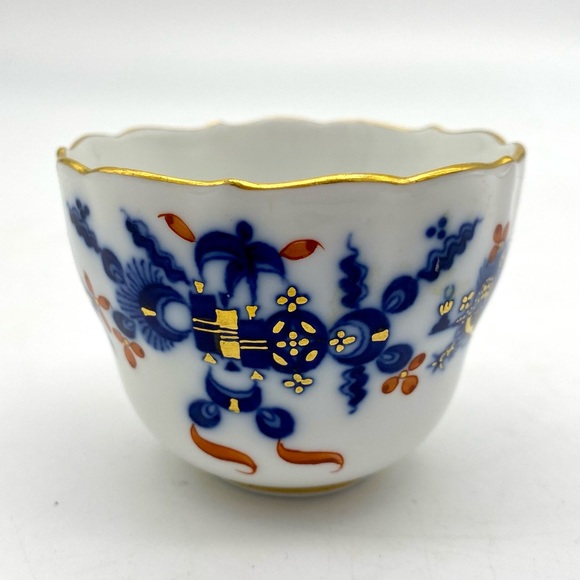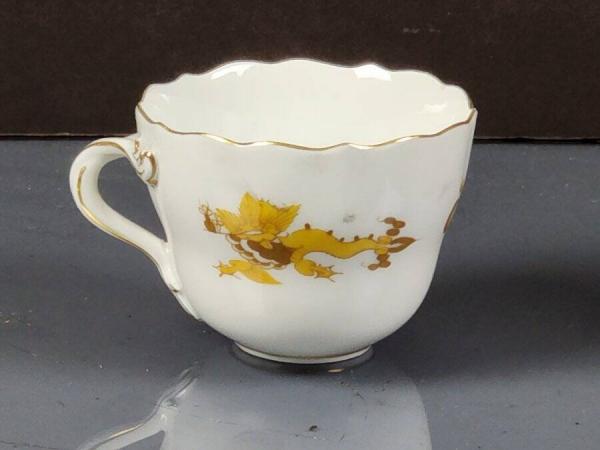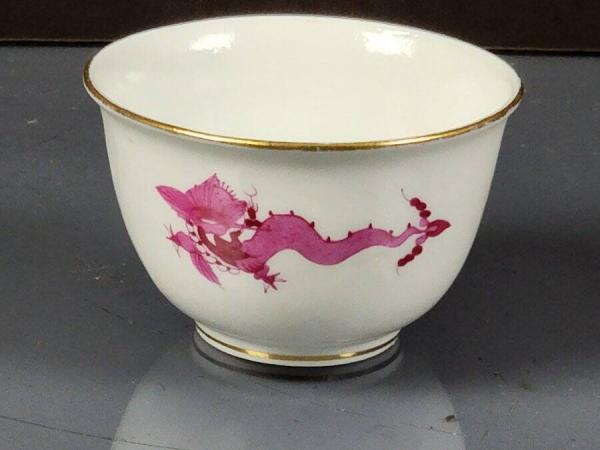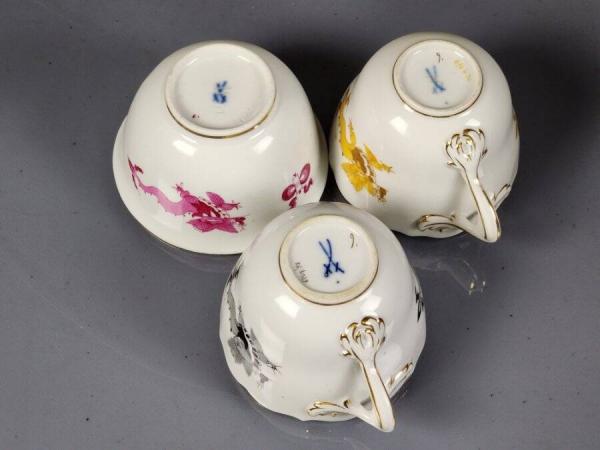2023-2-19
早期梅森瓷器的画片中,有一款叫红龙的经典造型,据传是1739年由梅森的天才造型师Johann Joachim Kändler彷造日本瓷器上的四爪龙的形象设计的,但是比较蒙和卡通,一经定型,就在欧洲非常流行,从王公贵族,到士农工商,都爱不释手,成经典名片。各大博物馆,也都有收藏。
后来又出现了线条更为精细的明龙,个各种不同颜色的龙,为普通老百姓所喜闻乐见。
This cup and saucer carry the “Red Dragon” pattern that was reserved for the use of the royal household. Augustus II, Elector of Saxony and King of Poland, ordered a dinner service to be made around 1728-1730 with a pattern based on Japanese motifs that were in turn based on Chinese prototypes, and it was one of the earliest such services to be made at Meissen. His son, Friedrich Augustus III, ordered a tea and coffee service in about 1740, and it is likely that chocolate cups and saucers served as breakfast items within the set.
The design was attractive to Augustus II partly because of its symbolism, and although many of the motifs on Chinese and Japanese artifacts were opaque to Europeans, it was known that the long dragon represented the Chinese emperor and the so-called phoenix represented the empress. In Chinese culture, the dragon and phoenix motifs have a very long history inflected with different meanings over time, and their prototypes are evident on Neolithic ceramics, Shang and Zhou dynasty bronzes. The “phoenix’ in Chinese and Japanese mythology is not the same as the bird that renews itself in the fire according to Mediterranean and Middle Eastern cultures. The Chinese feng-huang and the Japanese hō-ō bird represent benevolence and wisdom, inhabiting the air and alighting on earth only at times of harmony and stability. Phoenix was a name chosen to represent the mystical bird by western observers and scholars of Chinese and Japanese cultures because of its superficial similarity to the firebird or phoenix.
The prototype for the design is difficult to verify as there is no record of a Japanese example in the royal collections in Dresden, and there is a theory that the pattern originated at Meissen and was copied by Japanese porcelain painters in Arita after 1740 (Ayers, J., Impey, O., Mallet, J.V.G., 1990, Porcelain for Palaces: the fashion for Japan in Europe 1650-1750, p. 262). Japanese versions made before 1730 do exist, and another theory suggests the possibility that the pattern was introduced to Meissen by the Parisian dealer Rodolphe Lemaire and copied for the Paris luxury market where Lemaire sold Meissen pieces passed off as Japanese originals, which were highly sought after and more expensive even than Meissen porcelain (Weber, J., 2013, Meissener Pozellane mit Dekoren nach ostasiatischen Vorbildern: Stiftung Ernst Schneider in Schloss Lustheim, pp. 246-264).
Between the two dragons on the saucer and below the rim of the cup are some of the eight auspicious signs: the pearl, the coin, the scrolls, the wheel, and the artemisia leaf. The Meissen design differs slightly from the Japanese originals. Named the “Red Court Dragon” service, this pattern was reserved for the royal Saxon court until November 1918 when King Friedrich August III abdicated following the establishment of the Republic of Saxony. A modified design is in production at Meissen today.

|






